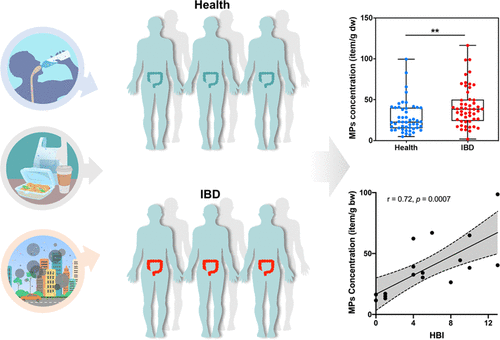Why Antibiotics Can Lead to a C. Diff Infection
/By Madora Pennington, PNN Columnist
Got antibiotics? Then you may be on your way to a dangerous and potentially deadly infection. When antibiotics alter the balance of intestinal flora, a bacteria that causes diarrhea and inflammation of the colon -- clostridioides difficile -- can take over and result in a C. diff infection.
That is what happened to Kristy Collins. It took two rounds of antibiotics to clear up her severe ear and sinus infection. A few days later, a lunchtime salad left Kristy with a strangely upset stomach. She thought it was nothing more than a bit of food poisoning, but soon she was having malodorous belches and the foulest smelling diarrhea. She also became severely dehydrated.
At first, her doctor suspected a stomach virus. But when her stomach troubles didn’t relent, a stool test revealed that Kristy had C. diff. Luckily, she was diagnosed and treated within a few days.
Because she has Ehlers-Danlos Syndrome (EDS), an inherited chronic illness, Kristy is a seasoned patient with a medical team in place. But having EDS also makes her more like to get C. diff. Thus far, she has had 19 surgeries for EDS-related problems. Most surgical procedures require a round of antibiotics to prevent infection and more if an infection occurs after surgery.
After her bout with C. diff, Kristy needed another surgery. She and her doctors were very concerned about a possible C. diff recurrence, as about 1 in 5 patients will get another infection. Kristy’s doctors tested her after surgery to ensure it had not returned.
Kristy worries whenever she needs antibiotics and questions her doctors if they are truly necessary. She already follows a very healthy diet, which helps manage her chronic illness and suspects this may be part of why she has not had a C. diff recurrence. She also follows her doctors’ advice.
“It was the first time doctors told me to take probiotics,” Kristy says, which she did while taking antibiotics. Probiotics are living microorganisms that enhance intestinal health. They are found in fermented food like yogurt and sauerkraut or made into supplements.
Antibiotics tend to alter that flora in the colon, creating an environment where C diff can flourish. Many people have immune systems that can handle a C. diff infection without symptoms, but others get very ill with watery diarrhea that may contain blood or mucus, or cause nausea, vomiting, loss of appetite, abdominal pain, and bloating. At its worst, C. diff can cause a loss of blood circulation, sepsis, perforated bowel, or swelling so severe it shuts down the colon.
It is not just antibiotics that can cause a C. diff infection. Other possibilities are chemotherapy treatment, proton pump inhibitor medications (usually used to treat acid reflux), kidney or liver disease, malnutrition, or simply being an older person. C. diff infects approximately half a million Americans annually, according to the CDC.
C. diff can also be fatal. In the U.S., nearly 30,000 people die every year from a C. diff infection. Diagnosis is usually made by testing a stool sample. It is treated with antibiotics, monoclonal antibodies, or, in severe cases, surgery.
How to Prevent C. Diff
Good hygiene practices can help prevent its spread. For C. diff, hand washing with soap and water is more effective than using alcohol-based hand sanitizers. It is also essential to limit the use of antibiotics to situations when they are truly necessary, to avoid disrupting the balance of bacteria in the colon. Many doctors recommend repopulating the beneficial bacteria with probiotic supplementation during or after antibiotic treatment.
Recovering from a C. diff infection can be mysterious as well as complicated. Many patients are not advised on how or what to eat or drink. Food can seem like the enemy, and meals can feel traumatizing.
To address this unmet need, the Peggy Lillis Foundation, a non-profit advocacy organization created in honor of a beloved kindergarten teacher whose life was taken suddenly by C. diff, recently published a nutrition and lifestyle guide.
“This guide begins to address the dearth of information by combining medical expertise, dietary guidance, and first-hand knowledge from C. diff survivors,” says Executive Director Christian John Lillis.
The guide is sponsored by probiotic manufacturer Bio-K Plus and put together by the PLF’s Scientific Advisory Council. It covers tips on managing the acute phase of a C. diff infection, preventing a recurrence, improving gut health, dealing with the emotional implications of C. diff, and recipes. It is available to download free by clicking here.
Madora Pennington is the author of the blog LessFlexible.com about her life with Ehlers-Danlos Syndrome. She graduated from UC Berkeley with minors in Journalism and Disability Studies.









